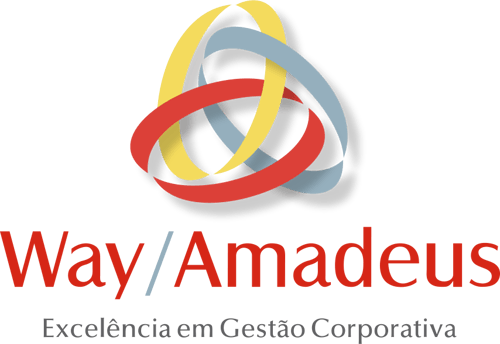Home | About us | Our solutions | Cases | Alliance | Partners | Contact us
CAIXA
Caixa Econômica Federal (CEF) is a public financial institution with own assets and administrative autonomy and headquarters in Brasília, DF, and branches in all Brazilian territory. It’s linked to the Ministry of Economy and integrates the national financial system, helping the credit politic of the federal Brazilian government.
Case 1
Incident management / Processes management / Structure modeling
OBJECTIVE
The organization hired us to develop a process mapping project of the GILIE (assets divestiture management area) of CEF, contemplating the methodology adopted by our company to conduct works of this nature, the detailing of the activities proposed and other information necessary for decision making by the management.
PROJECT
Initially we made the modelling and the documentation of the already existing processes with the preparation of the people involved. After that we started the phase of process analysis with evaluation and simulations of the performance of the processes and comparison with the performance measurements defined by the management of the organization using benchmarking to help defining the performance goals. Finally, we defined the processes that needed improvement and priority in execution and the design of new processes and implementation of changes.
RESULTS
At the end of the project, CEF had GILIE’s processes accordingly modelled and documented, with readjustments in the existing ones according to the evaluations and simulations made, avoiding rework and costs, as well as with the implementation of new processes defined according to indicators and work team involved with better knowledge in decision making and analysis of risks and opportunities.
Case 2
Auditing of systems and processes / Structure modeling
OBJECTIVES
CEF needed to verify if the procedures established in their manuals were actually being followed in everyday tasks in their branches. Therefore, they requested to us a project to study and evaluate their employees’ procedures.
PROJECT
Due to their great representability, variety of services, number of employees and clients, the branch Praça da Árvore in São Paulo was chosen for gathering the data that were used in the comparative mapping of the processes as they are described in the manuals opposite to the “as is”, that is to say, how they were exactly being performed.
RESULTS
With the mapping concluded, CEF could better understand if their processes were being treated as determined in their documentation and if they followed the normative guidelines of the institution and could, therefore, identify the practical procedures that needed adjustments in order to comply with the internal rules and politics and what could be improved with the observation made.
